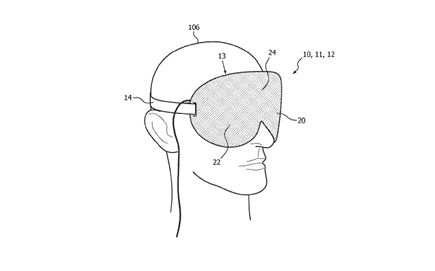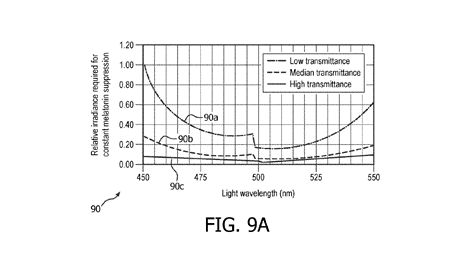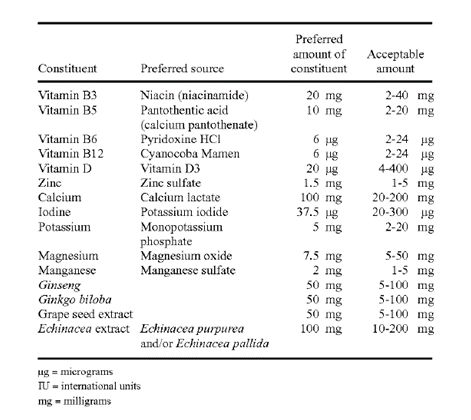Traveling to new and exciting places across the world is often accompanied by the dreaded jet lag experience. The term "jet lag" comes from a mismatch of the perceived time zone between our bodies and our brains. Though our bodies are now several time zones away, our brains believe we have not left the departing time zone. Several inventors have sought patent protection for methods or products designed to alleviate the effects of jet lag.
For example, the United States patent application published as US 2016/0158487, "System and method for providing light therapy and modifying circadian rhythm," purports to leverage how our internal biological clock or circadian rhythm works. It discloses light therapy goggles that precisely shine blue light at two distinct intensities to "stimulate the S-cone receptors," thus shifting the circadian rhythm.

The blue light, with wavelengths described between 410 nm and 510 nm, works to suppress melatonin production while the user is asleep. Melatonin is a well-known hormone that regulates sleep and wakefulness. Figure 9A shows a graph indicating the relative irradiance required (y-axis) to suppress melatonin production when shining a range of wavelengths (x-axis) against three different opacities of eyelids (transmittance).

The disclosed system pulses light for about ten minutes to suppress melatonin while the user is asleep and adjusts the intensities based on the user's eyelid characteristics, i.e. the transmittance. The melatonin suppression thus tricks the brain, effectively shifting the circadian rhythm to align with the destination's time zone. The described light therapy technology can also be used for other applications, including treating other sleep disorders and Seasonal Affective Disorder (SAD).
United States patent 8,273,380 B1, "Fortified beverage for minimizing and/or preventing jet lag," takes a different tack. It describes a beverage meant to reduce the symptoms of jet lag by providing the user a concoction before or during a flight. That concoction is composed of vitamins B3, B5, B12, and D, as well as calcium, iodine, potassium, magnesium, manganese, ginseng, ginkgo, biloba, and grape seed extract.

This patented beverage purports to be an improvement upon other types of dietary remedies (e.g., melatonin ingestion, or other vitamin supplements) because the fortified beverage also has a hydrating effect. Jet lag effects "may be exacerbated due to increased dehydration," and other alternatives either lack water altogether or are unappetizing, discouraging full consumption.
Another publication, 2021/0228654, took a similar route but landed on a more involved solution. Instead of a fortified beverage, it discloses a method of ingesting three sets of supplements at different time points.
- Within three hours of boarding, the soon-to-be traveler ingests the first supplement, which contains a portion of the second supplement, i.e., a probiotic.
- During the flight, the now ongoing traveler ingests a second supplement, itself comprised of portions of the third supplement.
- The third supplement is finally consumed within three hours of landing, and it may contain brassica oleracea spouts and/or glutathione, glucosinolates, or glucoraphanin.
The patent publication indicates that consuming the supplements in accordance with this method can help the body adjust to the new time zone and avoid jet lag symptoms.
Jet lag is sometimes referred to as the biological cost of travel. Next time you travel, you may want to consider taking advantage of one of the methods or products described in these patents, so you can enjoy more of your vacation.
The content of this article is intended to provide a general guide to the subject matter. Specialist advice should be sought about your specific circumstances.


